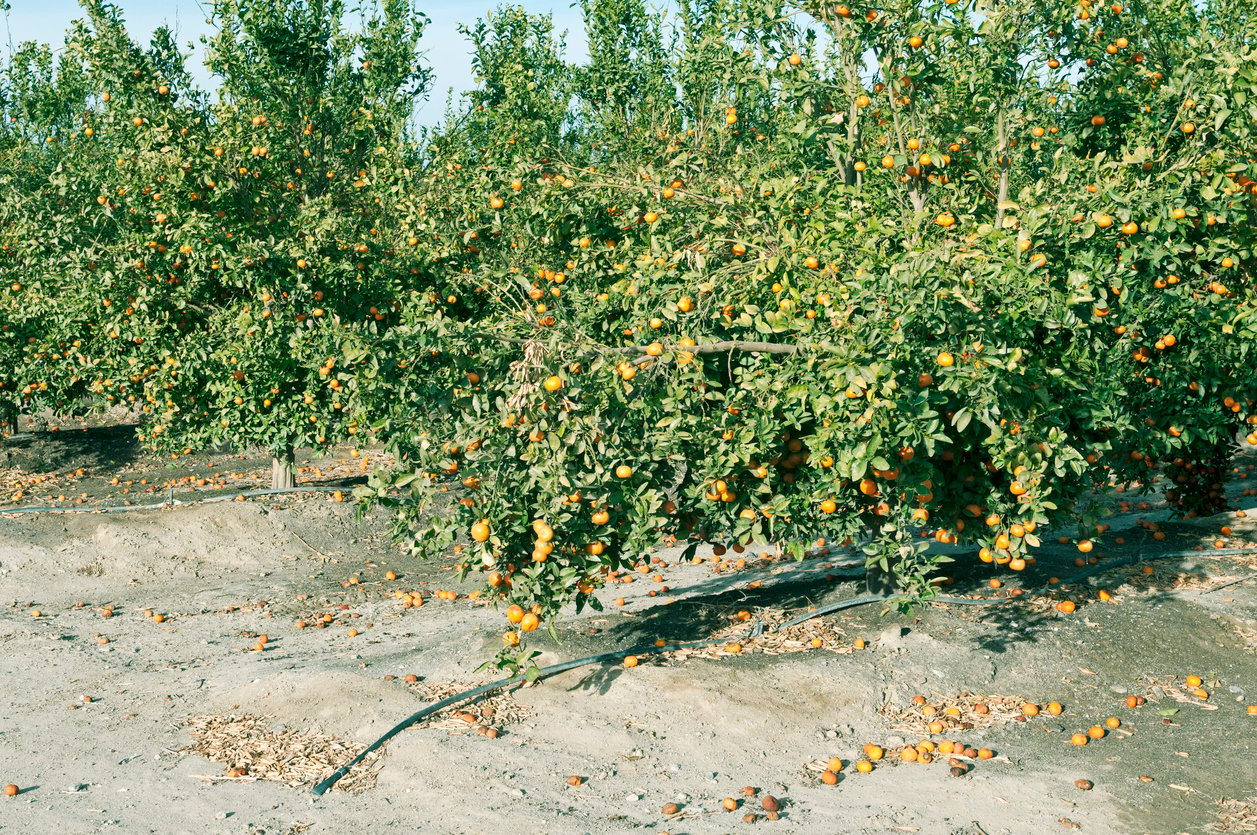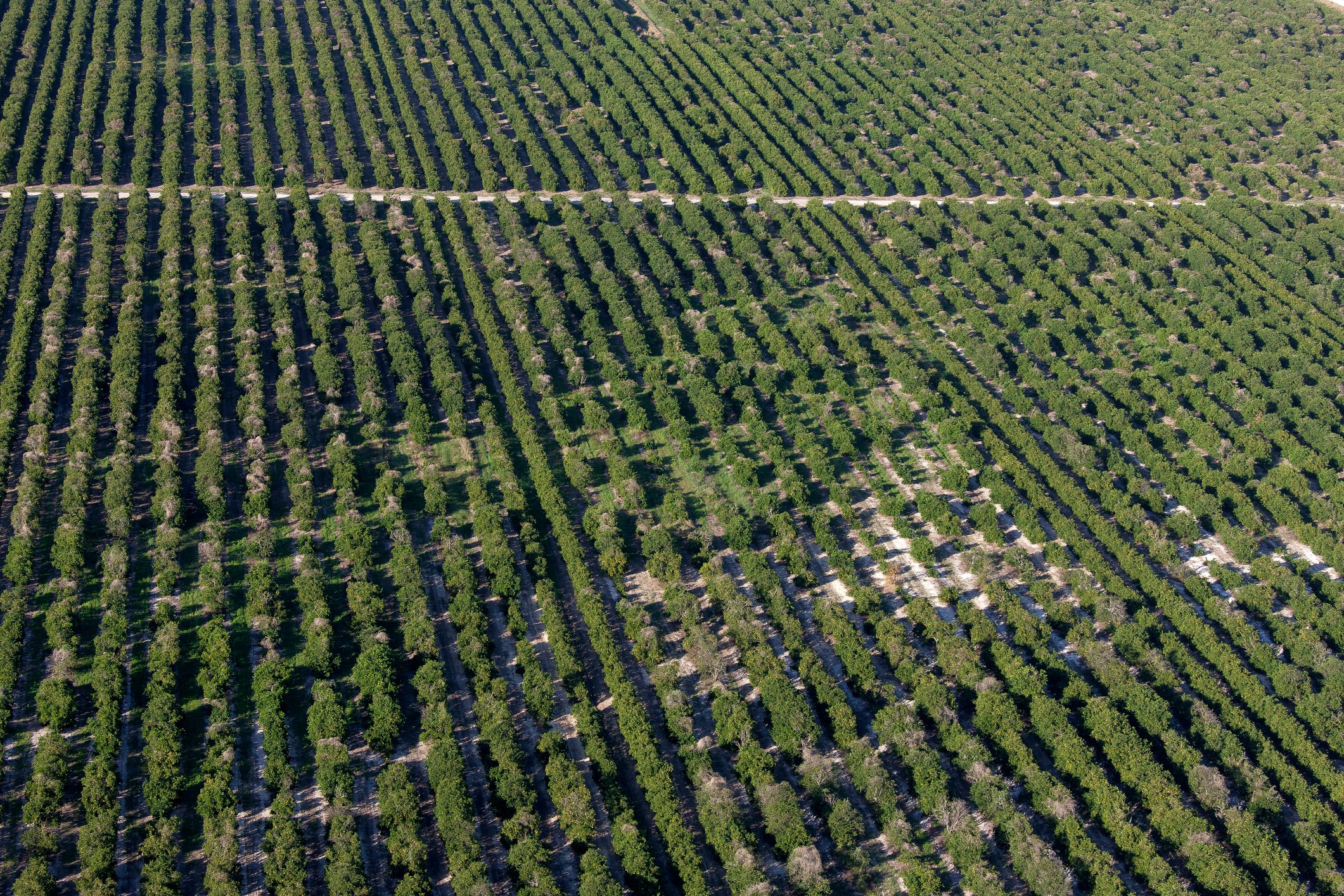Longtime citrus growers have observed a frustrating trend over the past five years or so: increasingly common premature fruit drop. While a healthy orchard might drop between 10% and 15% of its fruit, the frequency of severe cases—pre-harvest losses of up to 50%—seems to be on the rise.
“Unfortunately, not only is the drop a concern, but the fruit quality is well below what we as an industry would like to see,” Jim Snively, president of the Highlands County Citrus Growers Association, wrote recently. “There are many areas that continue to have blocks that are not meeting the USDA minimum standards.”
Understanding common causes
The challenge of addressing premature fruit drop lies in its range of possible causes. University of California extension guidance lists a laundry list of potential culprits, including drought stress, sudden high temperatures, low humidity, and nitrogen deficiency, as well as “heavy pruning, thrips, mites, or spray injury.”
Excessive premature fruit drop is associated with Huanglongbing (HLB), or citrus greening disease. But the exact mechanism of this relationship is unknown.

Originally, many believed that fruit drop was caused by a lack of carbohydrates in the fruit. But after a preliminary study, Dr. Tripti Vashisth, assistant professor of horticulture at the University of Florida Institute of Food and Agriculture Sciences (UF/IFAS), discovered that increased drop is not associated with carbohydrate starvation of the fruit at all.
According to Vashisth, premature fruit drop in trees displaying HLB symptoms could instead be attributed to off-blooms, which result in new fruit growth while the current crop is already developing.
Typically, healthy citrus trees bloom early in the spring, and possibly later in spring, but it is atypical for them to bloom in late summer. In an off-bloom, new growth and more mature fruit compete, leading to additional fruit loss.
Minimizing risk in your orchard
Given the many possible specific causes of premature fruit drop, how can growers minimize their risk? Focusing on irrigation strategy is an efficient and holistic approach to preventing conditions that make trees susceptible to premature fruit drop—from nutrient issues to pest and disease threats.
In particular, growers should take steps to prevent water stress. According to research by the University of Florida Institute of Food and Agriculture Sciences (UF/IFAS), water stress reduces the number of fruits and fruit size—and increases the likelihood of premature fruit drop.

This is especially important at key points in fruit development, such as immediately following fruit set. Michael Rogers, director of UF/IFAS Citrus Research and Education Center, suggests that the practices that need to be done to prevent fruit drop need to occur much earlier in the season than many growers assume.
Planning ahead for the most likely conditions can help growers adapt their irrigation strategy to prevent water stress, and by extension, premature fruit drop. For example, the UF/IFAS is forecasting a La Niña winter in Florida, meaning orchards will experience higher temperatures and less rainfall than normal. With dry, warm conditions persisting through the winter months, it is expected that a major citrus flowering event could occur in early- to mid-March, and growers should continue irrigating throughout the winter.
Regardless of local conditions, Ceres Imaging customers can use water stress data to efficiently monitor orchard health and optimize irrigation strategy. Contact us to find solutions for your orchard.
